Search
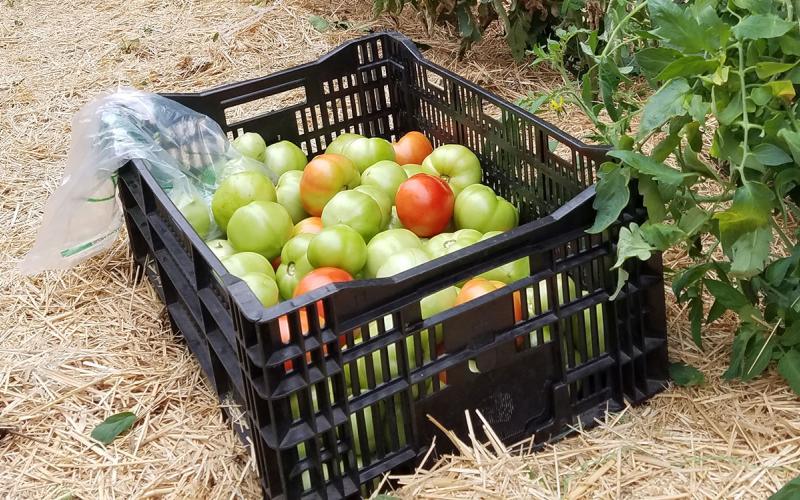
How to Handle Those Green Tomatoes
With cooler temperatures and decreased daylength, gardeners may have an abundance of green, unripened tomatoes this fall. Learn some delicious ways to use them in the kitchen along with some expert tips for ripening them!
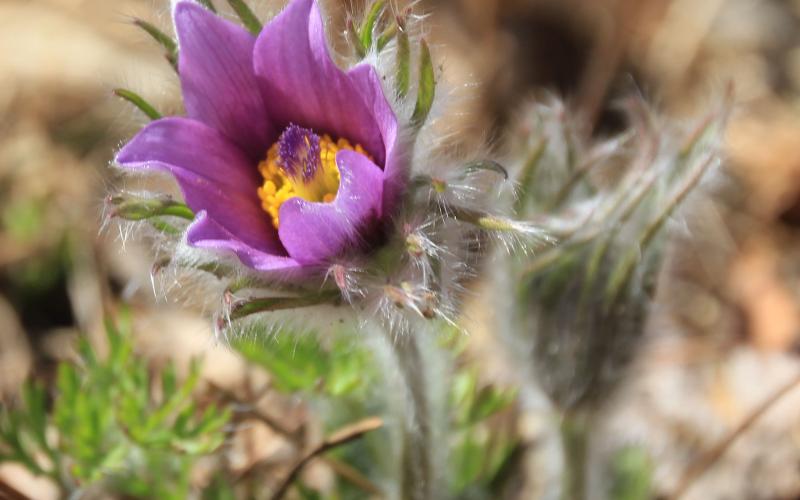
Common Flowering Plants (Forbs) of South Dakota
This guide focuses on forbs, or flowering “broad-leaved” herbaceous plants, but forbs can be narrow-leaved as well.
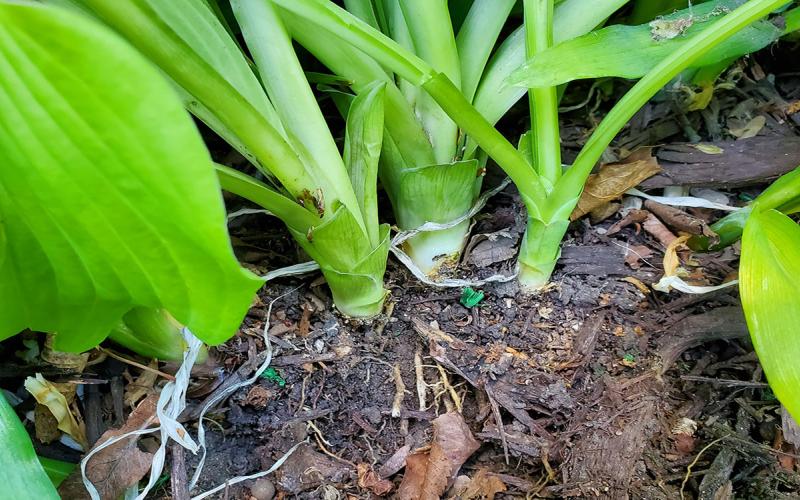
Dividing Perennials in the Fall
Dividing overcrowded perennial plants in your landscape can help ensure a long and healthy plant life. Learn which plants benefit from fall division and view a step-by-step guide for getting started!
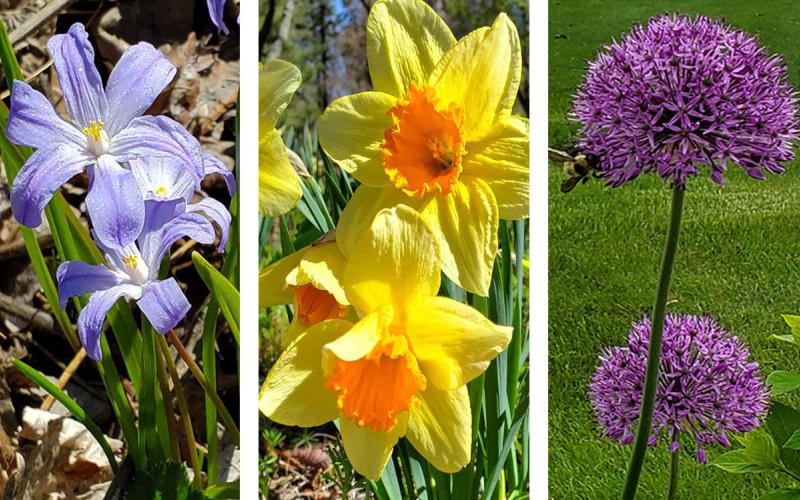
Bulbs to Plant in the Fall
Fall is the time to plant cold-hardy bulbs in South Dakota gardens. This will ensure that your landscape will have a variety of color, size, and bloom types the following season.
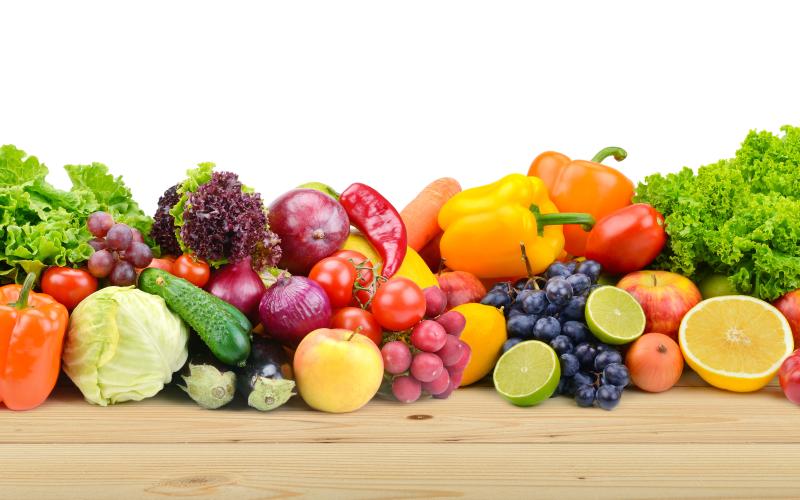
Eat What You Grow
Youth will learn the different parts of plants that we eat, and how to use drying and freezing techniques to preserve foods for later use.
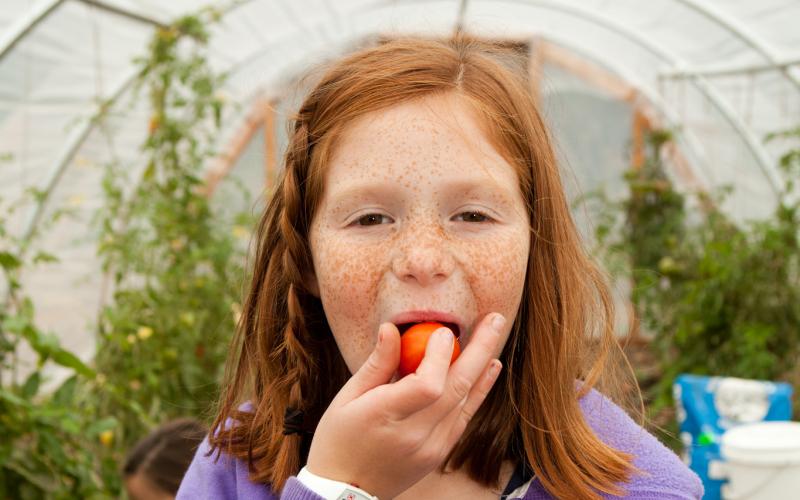
Agritourism
When a producer has decided to sell a product directly from the farm, entertainment or tourism-based activities could be incorporated to create larger appeal. Agritourism could add value to the farm visit though education, entertainment, outdoor recreation, dining, relaxation or other avenues, potentially drawing more customers in.
Saturated Buffer for South Dakota
Saturated buffer fact sheet for producers, tile drainage contractors, conservation professionals, other ag professionals.

SDSU Extension Welcomes New Plant Pathology Specialist
November 23, 2022
SDSU Extension welcomes Madalyn Shires as an assistant professor in the Department of Agronomy, Horticulture and Plant Science and SDSU Extension Plant Pathology Specialist.
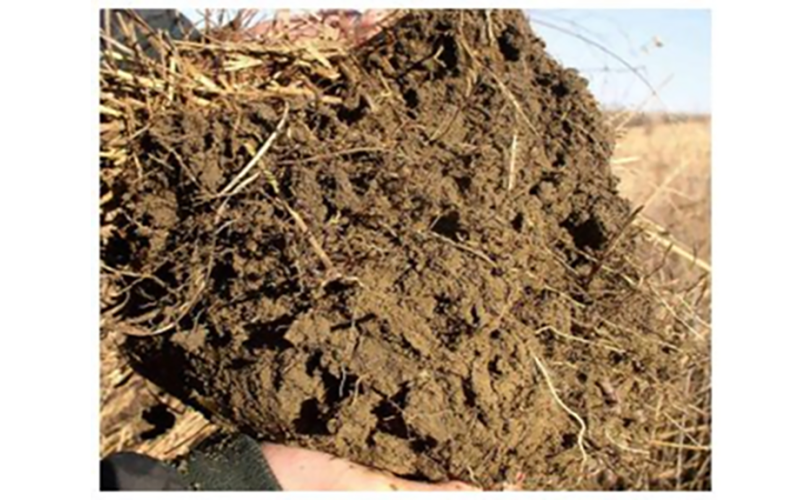
Register Now for SDSU Extension Soil Management Workshop
November 22, 2022
This year’s Managing Soil: Maximizing Profit program is Dec. 2 at the NFAA Yankton Archery Complex Community Center in Yankton.
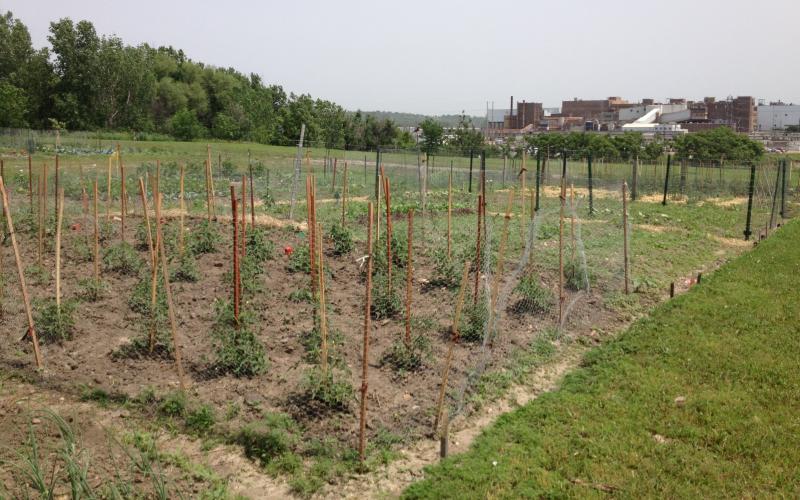
Community Gardens: Garden Rules - Operational Guidelines
When developing garden rules or participate guidelines it is important to address activities related to the operations of the garden. Clearly state that gardeners are expected to maintain their plot for the entire season and list the dates of the season during which they are responsible.